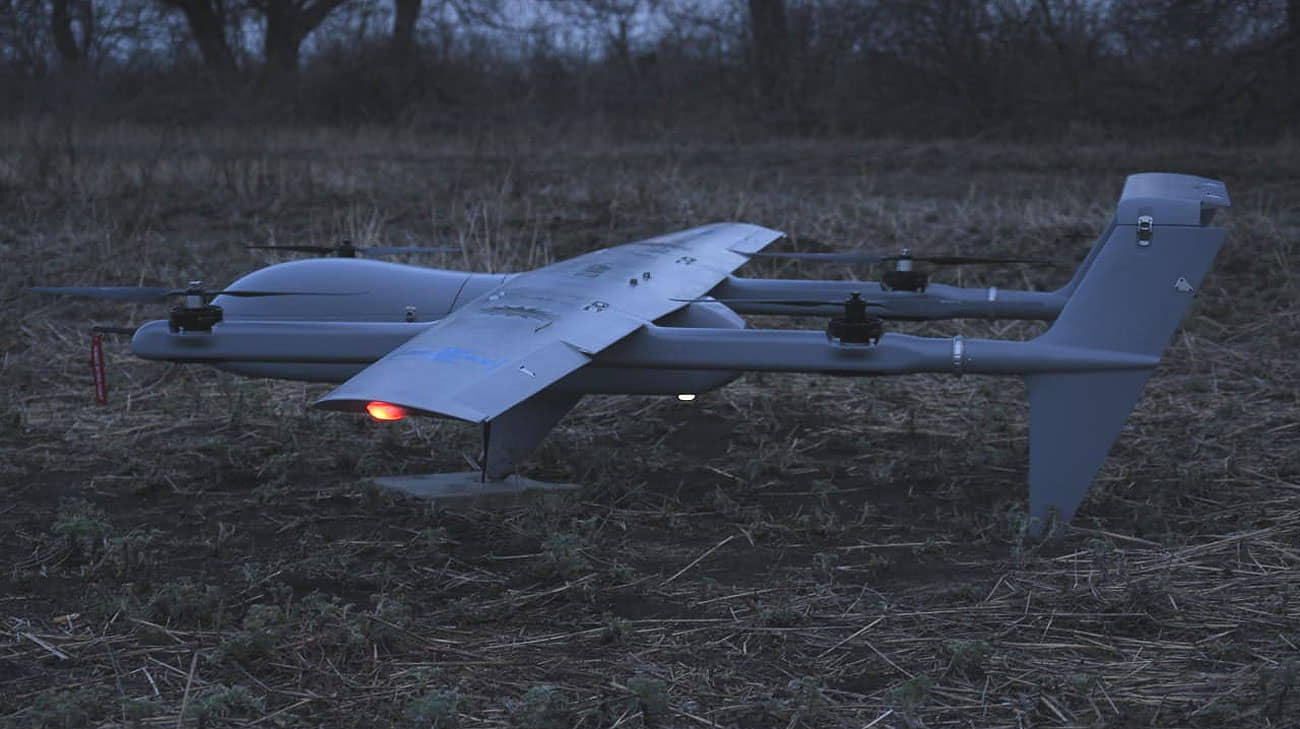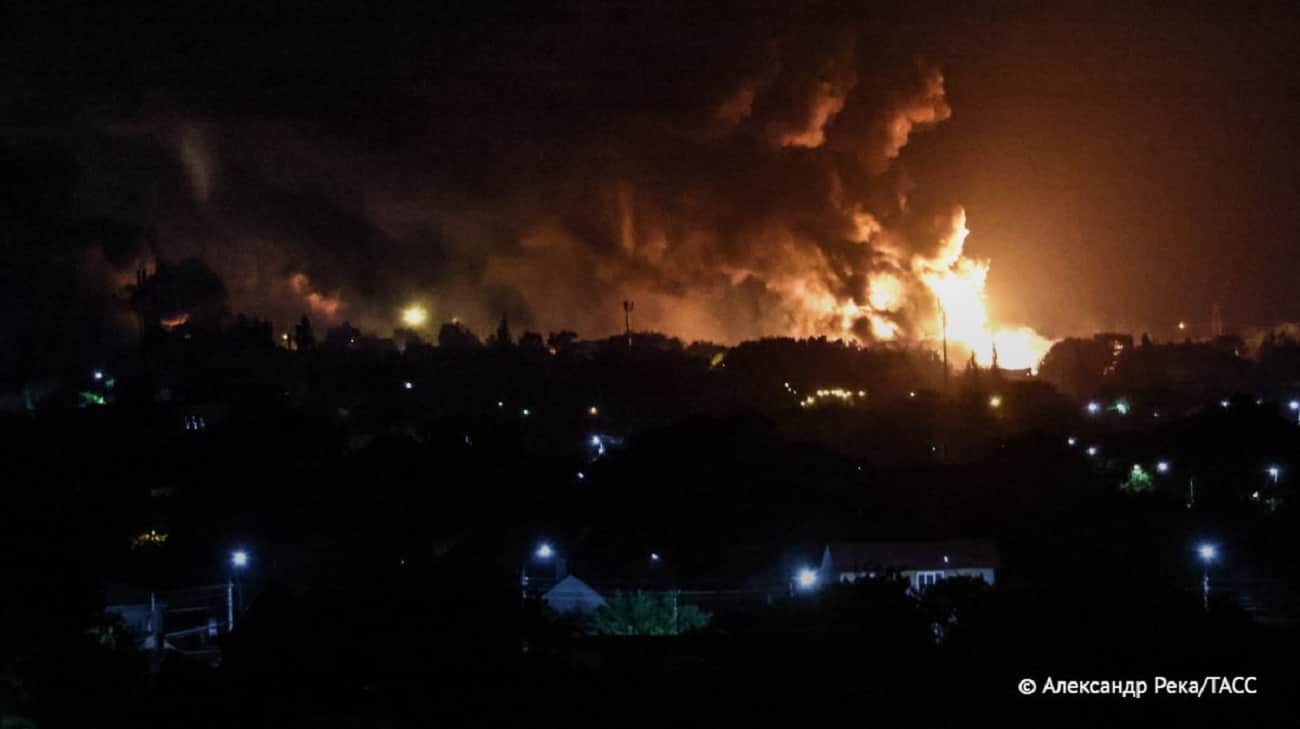Ukraine disregards US warnings and develops UAVs capable of reaching Siberia – The Economist
Ukraine is disregarding US warnings concerning the use of attack drones on Russian energy infrastructure, and it is now manufacturing superdrones that can reach targets in Siberia 3,000 kilometres away from its own borders, writes UK weekly The Economist.

Ukraine is disregarding US warnings concerning the use of attack drones on Russian energy infrastructure, and it is now manufacturing superdrones that can reach targets in Siberia 3,000 kilometres away from its own borders, writes UK weekly The Economist.
Source: The Economist
Quote: "Since President Volodymyr Zelensky prioritised the technology, Ukraine has invested hundreds of millions of dollars into long-range drones, capable of searching out and striking distant targets. Half a dozen firms now make them.
The best of the new models has a range of 3,000km, able to reach Siberia."
Details: The publication writes that the programme to produce these drones was "born of necessity" because the West is unwilling to arm Ukraine with long-range missiles. It has already destroyed a sizable portion of Russia's air defence and oil infrastructure.
"But the White House is not happy. It is pushing the Ukrainians to stop the strikes. America’s concerns have varied, from a rise in the oil price to the prospect of an uncontrollable tit-for-tat in which Ukraine could end up the loser," writes The Economist.
Fears over the latter increased at the end of March, when Russia caused multimillion-dollar losses to Ukraine's energy infrastructure.
"The attacks revealed gaps in air defences and vulnerabilities to Russia’s new Kh-69 low-altitude cruise missile. On 11 April, such missiles destroyed Ukraine’s Trypilska power station, 40 km from Kyiv, though it was in range of the capital’s Patriot air-defence systems."
The report claims that Ukraine has so far ignored American instructions to halt the assaults. An intelligence officer with the alias Detective, who is in charge of a certain part of the programme, claims that he has not received instructions to reduce operations, but adds that targets in the Russian Federation change frequently.
"Our targets change day to day. We keep the Russians on their toes," the Economist quotes the intelligence officer as saying.
One drone manufacturer asserts that not all American representatives support public requests to halt assaults on the Russian Federation.
His connections "winked" as they delivered the warning, he claimed.
"They’re privately telling us to keep going," stated the drone manufacturer.
He believes that the Ukrainian drone programme will grow in the coming months.
"Russia is scorching Ukrainian earth. It’s time we did the same to European Russia," the producer concludes.
Background:
- On the morning of 2 April, Ukrainian drones attacked facilities in Tatarstan – specifically in Yelabuga and Nizhnekamsk. A Ukrainska Pravda (UP) source in Ukrainian intelligence said this was a special operation by Defence Intelligence of Ukraine (DIU). The drones attacked a plant where Iranian Shahed drones are assembled and labelled as Geran-2 (Geranium-2) drones.
- The Alabuga Special Economic Zone’s press office stated that the drones were "equipped with NATO-country hardware."
- One of the drones struck a TANECO primary oil refining unit in Nizhnekamsk, resulting in a fire. UP sources reported that the attack on the refinery was a joint special operation by DIU and the Security Service of Ukraine. UP reported that the Ukrainian drone had hit the primary oil refining unit at the plant.
- Andrii Yusov, spokesman for DIU, emphasised that no foreign-made weapons were used during the drone strikes on targets in the Russian cities of Yelabuga and Nizhnekamsk.
Support UP or become our patron!



